Have you ever stumbled upon a website only to be greeted by an annoying message: “Content Wider Than Screen”? If so, you’re not alone. This pesky error can ruin the user experience and drive visitors away faster than a speeding ticket. In today’s mobile-first world, ensuring your website is responsive is more important than ever. …

Blog
Introduction to UX design and its impact on revenue User experience (UX) design is far more than just how a product looks—it’s about how it works, how it feels, and how it drives results. From the layout and navigation to how users interact with each element, UX design plays a pivotal role in shaping customer …
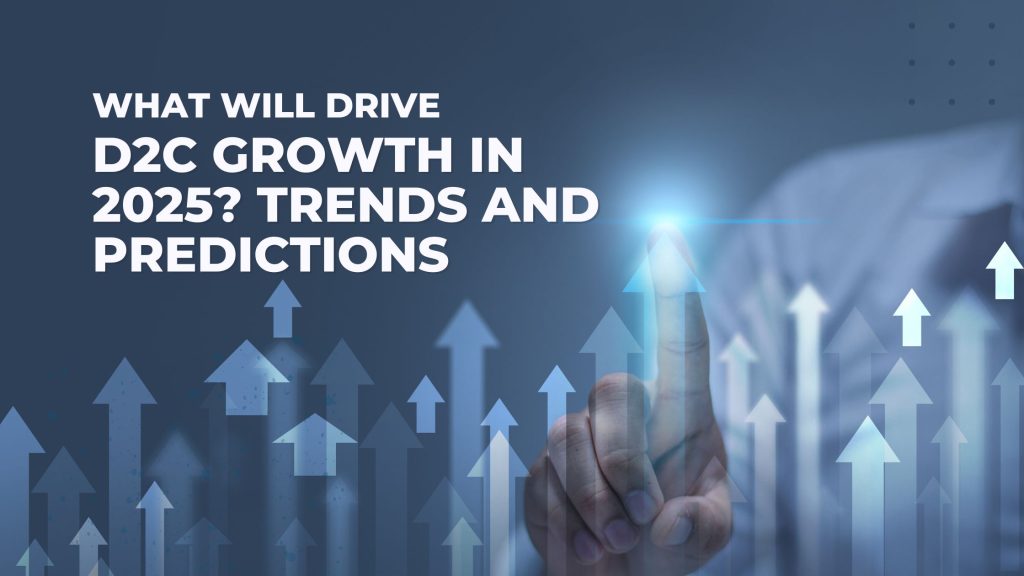
The Direct-to-Consumer (D2C) model has revolutionized the way brands connect with their customers. No longer reliant on traditional retail channels, businesses can now engage consumers directly and build lasting relationships. This shift not only empowers companies but also gives consumers a more personalized shopping experience. As we look ahead to 2025, the landscape of D2C …
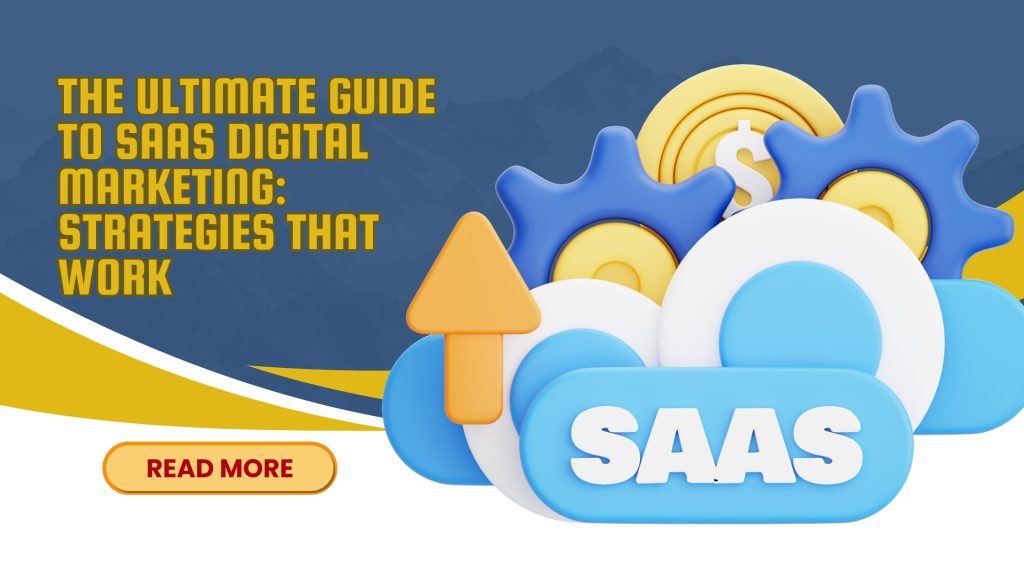
Welcome to the digital frontier where Software as a Service (SaaS) is reshaping the way businesses operate, and with it, the rules of marketing. In an industry that evolves faster than you can say “cloud computing,” staying ahead requires more than just a great product; it demands innovative marketing strategies that resonate in today’s dynamic …

Artificial Intelligence is no longer just a futuristic concept; it’s shaping our present in profound ways. From enhancing customer experiences to optimizing complex systems, AI models play a crucial role in various sectors. However, these models often struggle to connect with real-world applications effectively. This disconnect can lead to missed opportunities and unintended consequences. Enter …

When you’re in the fintech space, you’re not just selling products—you’re dealing with people’s money, trust, and long-term financial well-being. That puts your content squarely in the “Your Money or Your Life” (YMYL) category, where Google’s standards for accuracy, authority, and trustworthiness are significantly higher. For Canadian fintech companies, this means your YMYL content strategies …
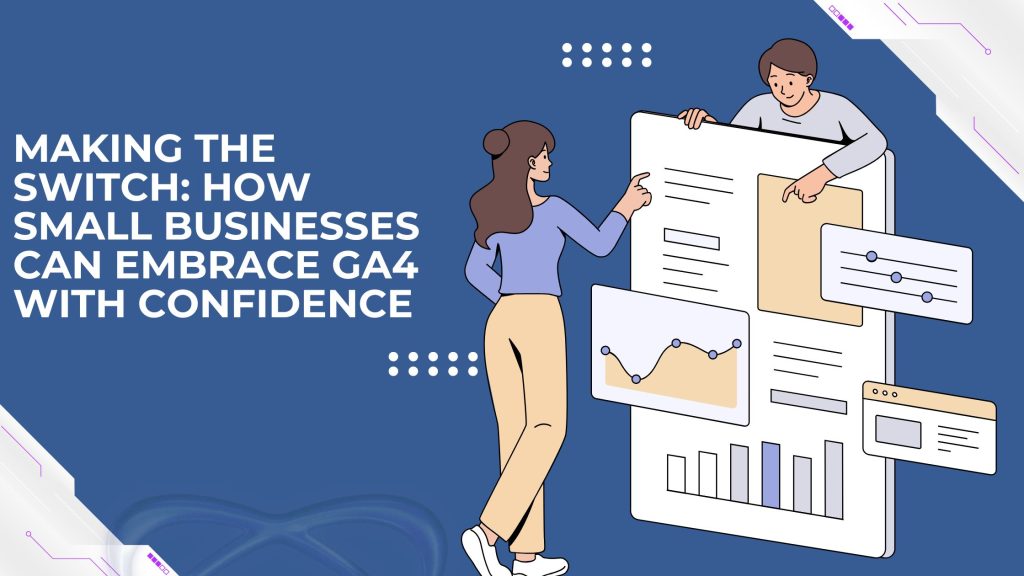
The digital landscape is constantly evolving, and keeping up with these changes can feel overwhelming—especially for small businesses. One of the most significant shifts on the horizon is GA4 migration. Google Analytics 4 (GA4) represents a new era in data analysis, offering advanced features designed to enhance your understanding of customer behavior. But what does …
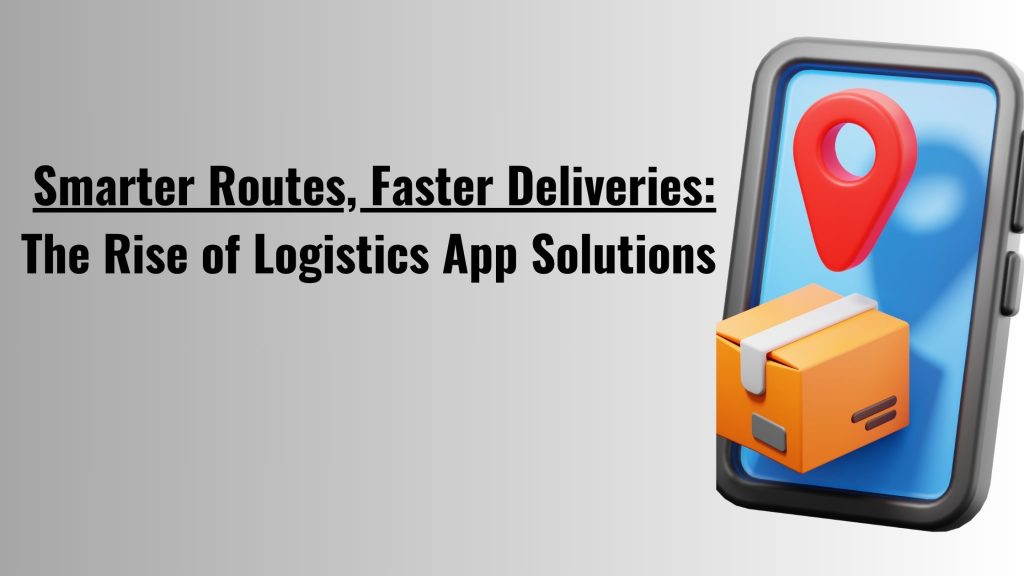
The logistics industry is a complex beast, constantly evolving to meet the demands of a rapidly changing marketplace. From supply chain disruptions to last-mile delivery challenges, companies are often caught in a web of inefficiencies that can hinder their growth. As consumers expect faster and more reliable service, businesses find themselves under increasing pressure to …

Digital Transformation: It’s Not Just About Technology It’s a necessity for organizations aiming to thrive in an ever-evolving landscape. Companies are racing to adopt cutting-edge technologies that promise enhanced efficiency and better customer experiences. But here’s the twist: having the latest technology at your fingertips doesn’t guarantee success. The real innovation lies not in the …
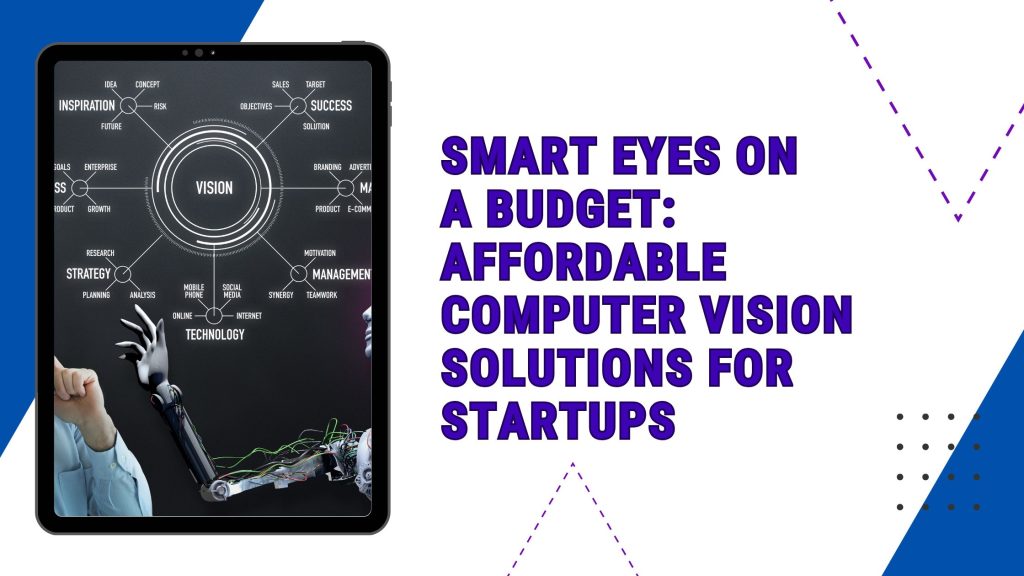
In today’s rapidly evolving tech landscape, computer vision stands out as a game changer. For startups looking to carve their niche, harnessing the power of computer vision can unlock new opportunities and enhance user experiences. Imagine software that can analyze images, recognize faces, or even interpret videos in real-time—all on a budget! With advancements making …
GraphicsJS
GraphicsJS is a featherlight JavaScript plates library with the intuitive API, grounded on SVG/ VML technology.
GraphicsJS is a free open source library and JS API for erecting custom plates in web cybersurfers. It can be used as a visualization tool for graphing data, or it can be used for making cool stuff just to show off.
big section of demonstrations created with GraphicsJS. And these exemplifications just scratch the face of what’s possible.
The library uses its own virtual DOM which is an abstraction of the cybersurfer’s DOM. This is kindly analogous to React’s virtual DOM and it’s used in a analogous manner.
Since this library uses a clone of the DOM, it also needs real HTML rudiments to work on. That’s why it uses SVG/ VML rather than bedded objects in the HTML5 oil.
This plates machine was firstly erected into the AnyChart library. From there, it was tweaked and open- sourced as its own JS API.
GraphicsJS supports all major cybersurfers, indeed dating back to IE6 and Chrome1.0.
All source law is available in the GitHub repo where you can download a dupe and poke around if you have time. But I suppose the stylish way to learn is to dive in head-first.
You could browse through the API croakers but I generally find these croakers redundant. Croakers are stylish used when you need to find a specific system or API call to reference.
If you ’re just getting started you can visit the playground hosted on AnyChart’s website. This is a nice place to find working law samples to break down the syntax.
Or, if you really want to start with square one also the GraphicsJS starting companion can help. This is more like the “ functionary ” attestation so it ’ll hold your hand for a smoother literacy wind compared to the API croakers .
Either way, I love that GraphicsJS was open sourced and released into the inventor community. It’s far from a perfect library but it’s one of the stylish we've for creating custom SVG plates from scrape.
And to get your gears turning, below you can see a sample of what you can make withGraphics.js.


